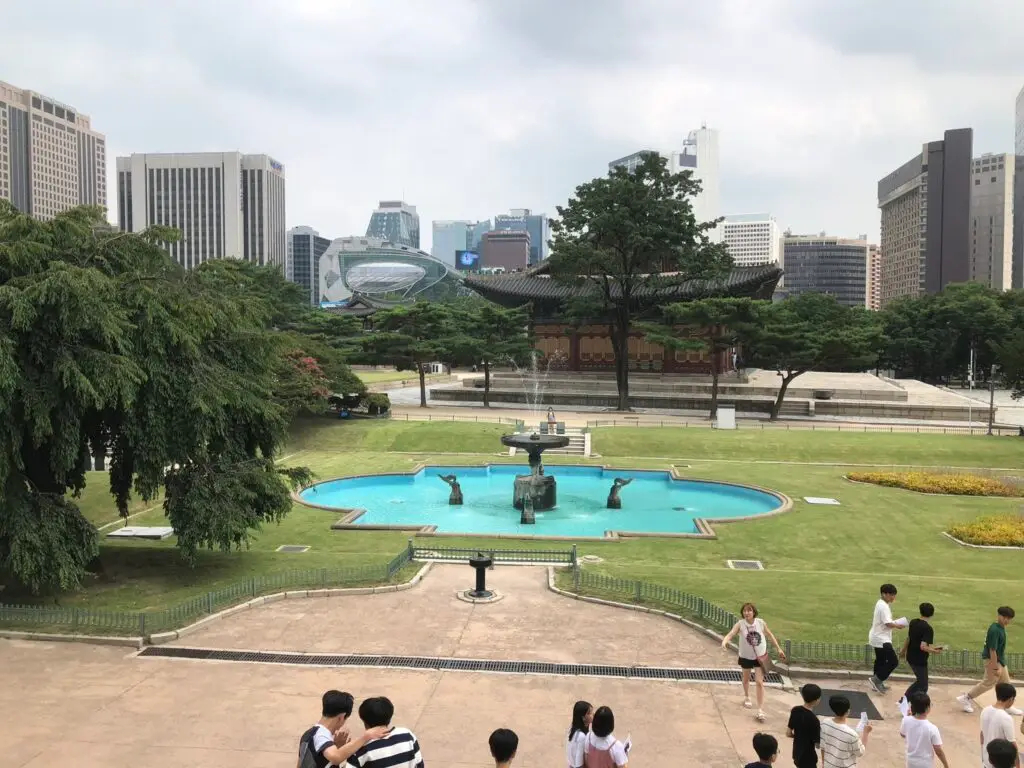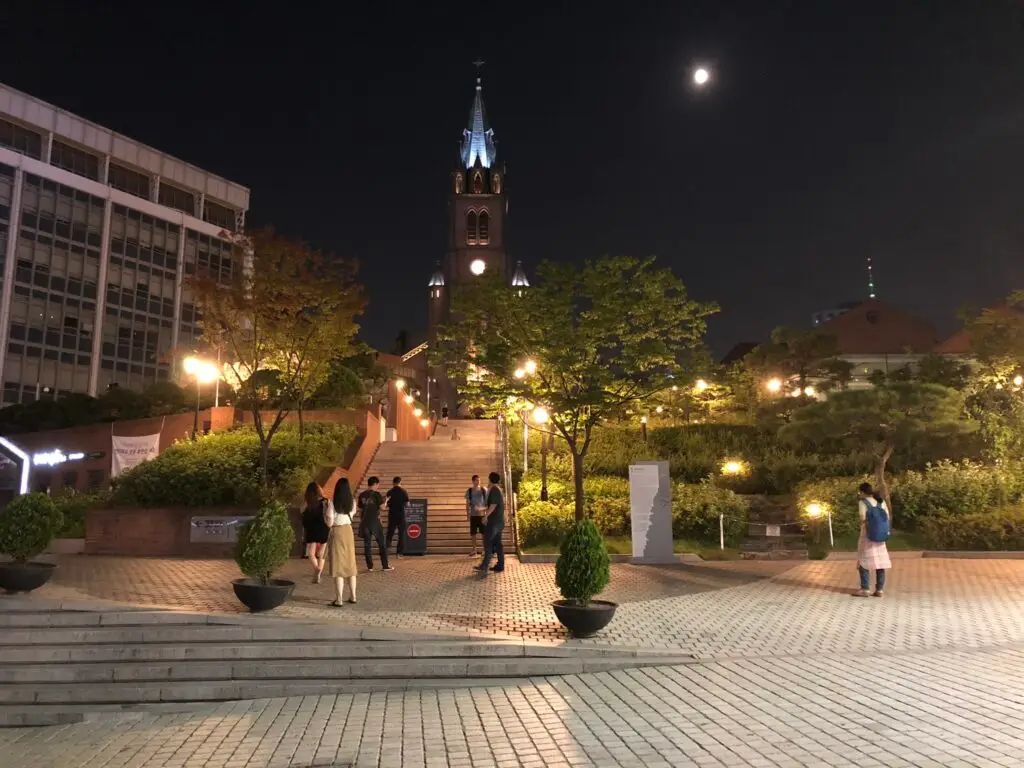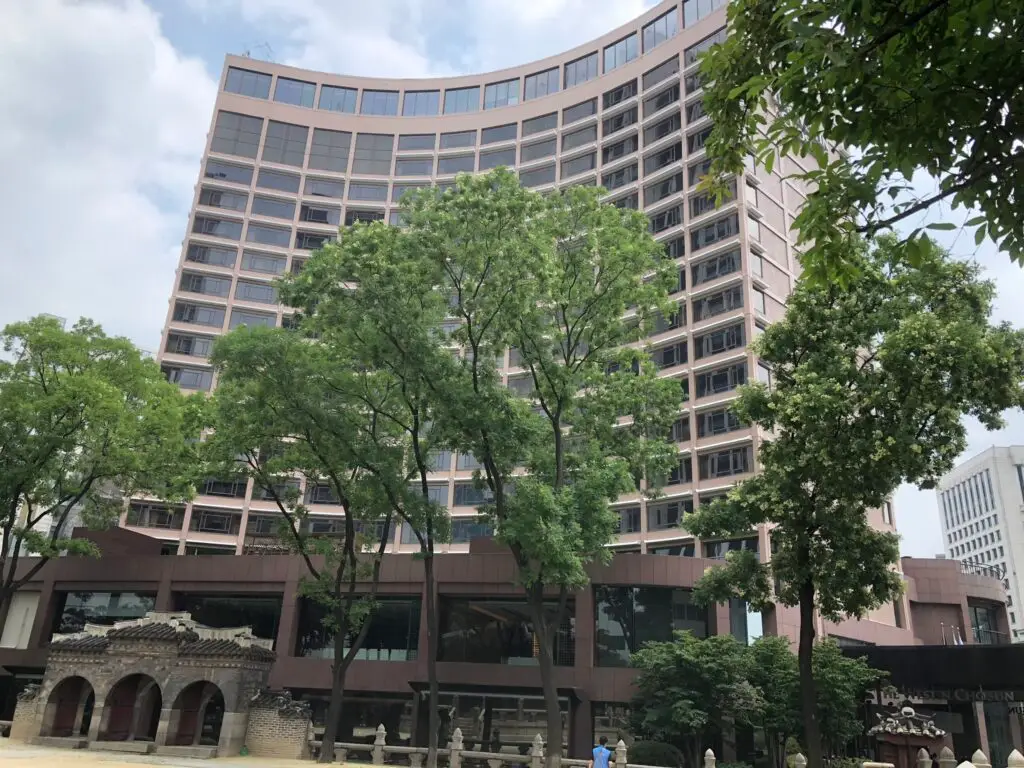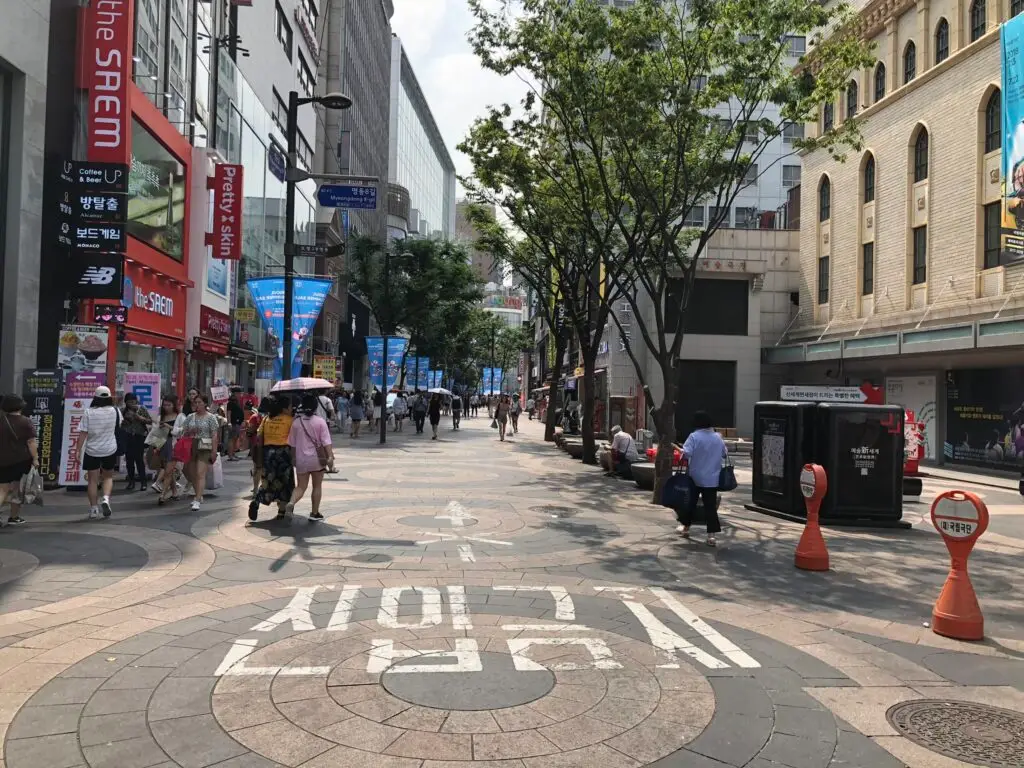
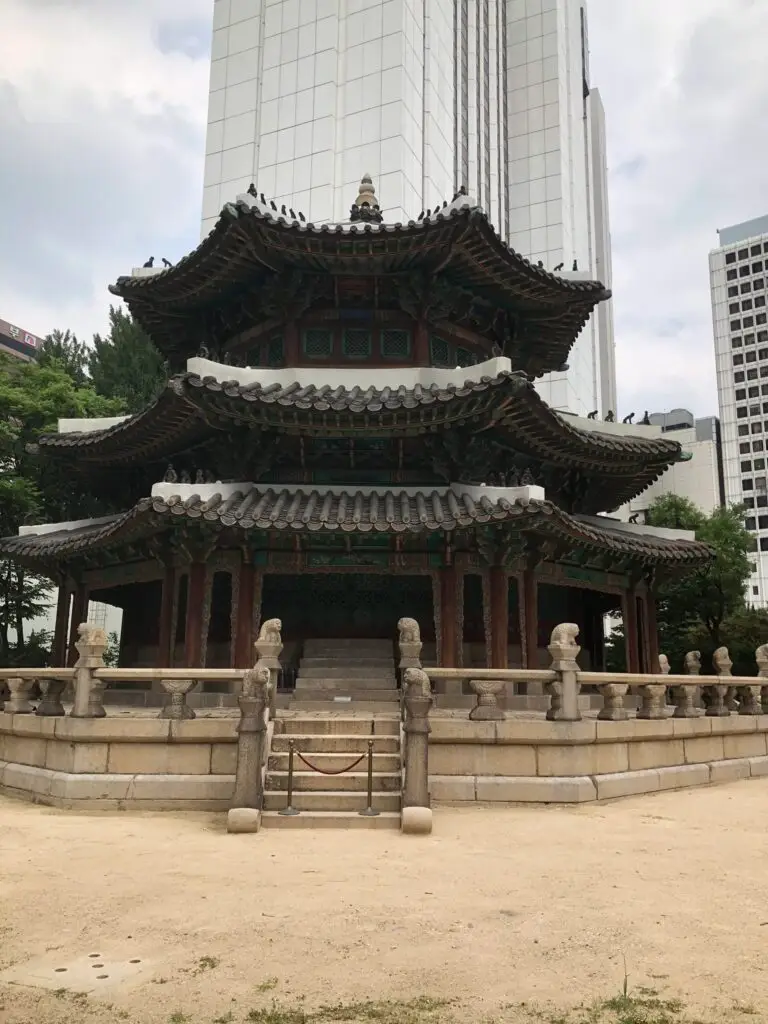
What To Expect In Seoul, South Korea
Seoul is a bustling metropolis where ancient traditions coexist with cutting-edge technology. As South Korea’s capital, it offers a mix of historic palaces, contemporary architecture, and vibrant nightlife. Whether you’re wandering through centuries-old temples or indulging in the city’s innovative dining scene, Seoul is a city that blends the old and new in fascinating ways. Here’s everything you need to know before visiting.
Language: While Korean is the official language of Seoul, English is widely spoken in tourist areas, hotels, and major restaurants. However, it’s helpful to learn a few basic phrases like “hello” (annyeonghaseyo) and “thank you” (kamsahamnida) to enhance your experience. Most signage in popular areas is bilingual, making navigation easier for international visitors.
Currency: South Korea’s official currency is the Korean Won (KRW). Credit cards are widely accepted in Seoul, especially at hotels, restaurants, and larger stores. However, it’s always a good idea to carry some cash for street markets and smaller establishments. The exchange rate typically fluctuates around 1,300 KRW to 1 USD, but it’s advisable to check current rates before you go. ATMs are easily accessible throughout the city, and currency exchange services are available at airports and major banks.
Climate: Seoul experiences four distinct seasons, each offering a unique travel experience. The best time to visit is during the spring (April to June) and fall (September to November), when temperatures are mild, and the city is blanketed in cherry blossoms or autumn foliage. Summers (June to August) can be hot and humid, while winters (December to February) are cold, with occasional snowfall. Pack accordingly, depending on the season you plan to visit.
